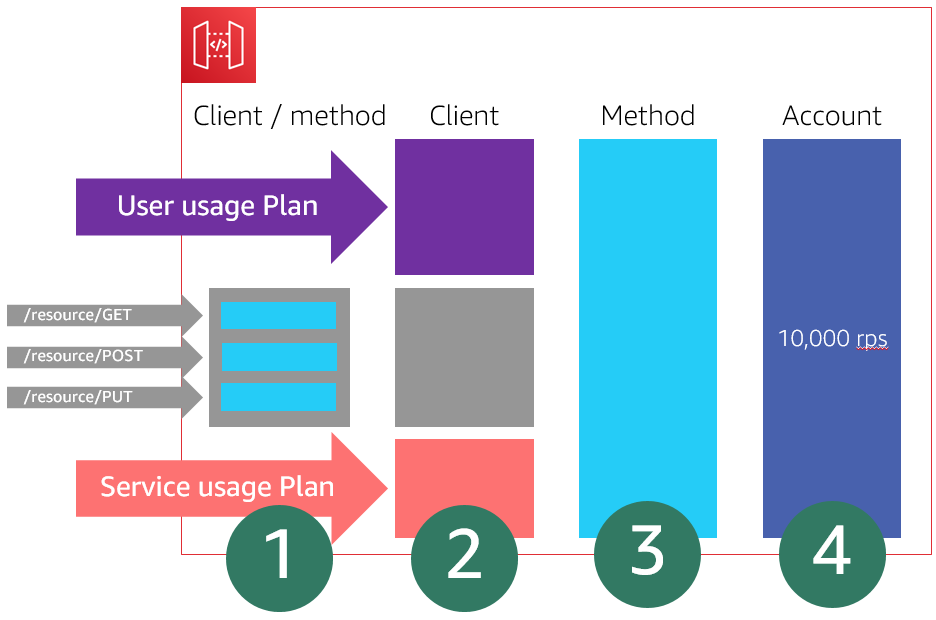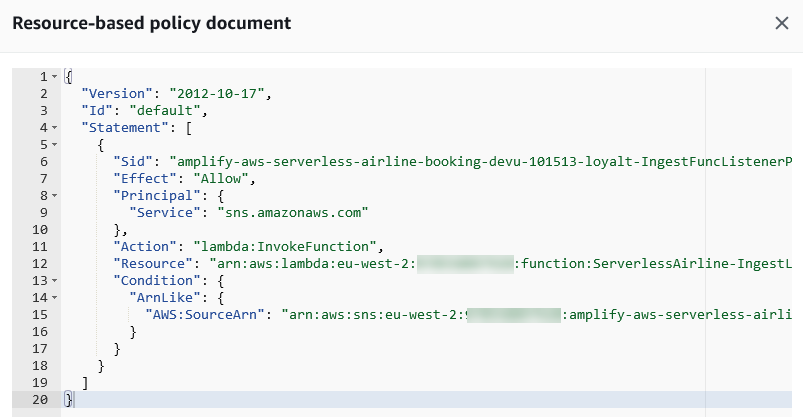AWS Compute Blog
Category: Amazon Simple Queue Service (SQS)
Building well-architected serverless applications: Regulating inbound request rates – part 1
This series of blog posts uses the AWS Well-Architected Tool with the Serverless Lens to help customers build and operate applications using best practices. In each post, I address the serverless-specific questions identified by the Serverless Lens along with the recommended best practices. See the introduction post for a table of contents and explanation of the example application. Reliability question REL1: […]
Building well-architected serverless applications: Managing application security boundaries – part 1
This series of blog posts uses the AWS Well-Architected Tool with the Serverless Lens to help customers build and operate applications using best practices. In each post, I address the serverless-specific questions identified by the Serverless Lens along with the recommended best practices. See the introduction post for a table of contents and explanation of the example application. Security question SEC2: […]
Processing satellite imagery with serverless architecture
This post shows how to deploy an imagery processing pipeline in the AWS Cloud. It is decoupled to allow both pre and post-processing extensions to be integrated into the pipeline more easily. Visit the code repository for further information.
Operating Lambda: Debugging configurations – Part 3
This post explains common integration errors in Lambda-based applications. These include running an unintended version or alias of a function, triggering infinite loops unintentionally, and issues with downstream availability. In each case, I explain steps you can take to remediate the issue.
Using Amazon SQS dead-letter queues to replay messages
This is courtesy of Alexandre Pinhel, Specialist SA Manager, in collaboration with Guillaume Marchand and Luke Hargreaves, Solutions Architects. Amazon Simple Queue Service (Amazon SQS) is a fully managed message queuing service. It enables you to decouple and scale microservices, distributed systems, and serverless applications. A commonly used feature of Amazon SQS is dead-letter queues. The […]
Getting started with RPA using AWS Step Functions and Amazon Textract
This post is courtesy of Joe Tringali, Solutions Architect. Many organizations are using robotic process automation (RPA) to automate workflow, back-office processes that are labor-intensive. RPA, as software bots, can often handle many of these activities. Often RPA workflows contain repetitive manual tasks that must be done by humans, such as viewing invoices to find […]
Application integration patterns for microservices: Running distributed RFQs
In this blog, I present the scatter-gather pattern, which is a composite pattern based on pub-sub and point-to-point messaging channels. It also employs correlation ID and return address. I show how this is implemented in the Wild Rydes example application. You can use this integration pattern for communication in your microservices.
Optimizing the cost of serverless web applications
Web application backends are one of the most popular workload types for serverless applications. The pay-per-value model works well for this type of workload. As traffic grows, it’s important to consider the design choices and service configurations used to optimize your cost.
Improved failure recovery for Amazon EventBridge
Today we’re announcing two new capabilities for Amazon EventBridge – dead letter queues and custom retry policies. Both of these give you greater flexibility in how to handle any failures in the processing of events with EventBridge. You can easily enable them on a per target basis and configure them uniquely for each. Dead letter […]
Building resilient serverless patterns by combining messaging services
Queues, publish/subscribe services, and event buses are important parts of a resilient, well-architected serverless application. These are provided in AWS by SQS, SNS, and EventBridge.









